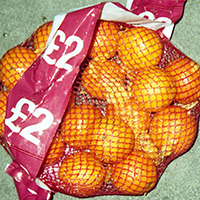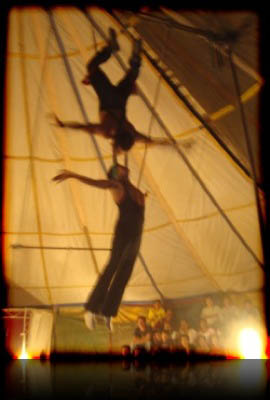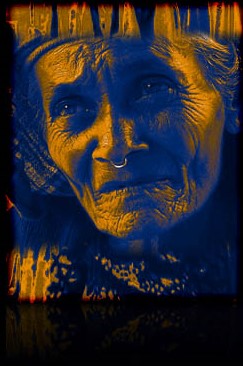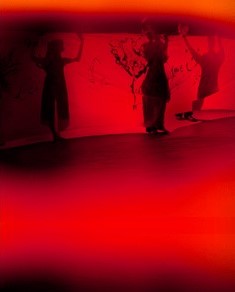Skipping
DOI:
https://doi.org/10.25071/1913-5874/37406Abstract
Like the ragpicker, “everything that the big city threw away, everything it lost, everything it despised, everything it crushed underfoot, he catalogues and collects…sorts things out and makes a wise choice” (Sontag 1977:78).
My first experience with skipping involved crawling under a fence in a London back alley adjacent to a Tesco. We were trying to gain entry into Tesco’s garbage: a set of bins under lock- and-key. We did this not out of necessity but by choice. Skipping, also known as dumpster diving, is the act of going through commercial food waste to find edible items. The dented beer cans, the mounds of bread, the Brussels sprouts with a premature expiration date, the individually wrapped sushi rolls sold just moments ago. These were the type of food items one could successfully pluck from the dark.
Squatters were the ones who showed me how to skip successfully. Their logic was divergent from traditional institutionalized aestheticism; they had adopted a view of the city not as a space for consumption but as a space for alternative living. Squatter culture is unrefined with a focus on creativity and self-expression through bricolage and culturally subversive activities. This branch of squatting is related to Western Marxism and the rise of Marxist Geography within the 1970s. Generally, squatters do not belong to the upper class, they do not follow what David Harvey calls the excessive logics of accumulation like that of the city tourist. Squatters locate or buy items out of necessity, refraining from making purchases as symbols of wealth, power or prestige. This appeal to necessity-based action is also present in their views towards food consumption practices and urban food policies.
Taken with a camera purchased for one euro and gifted expired film, these photos are meant to be forensic, intimate and ‘anti-aesthetic’. They are personal images that highlight both the skipping process and the faces behind the movement.





